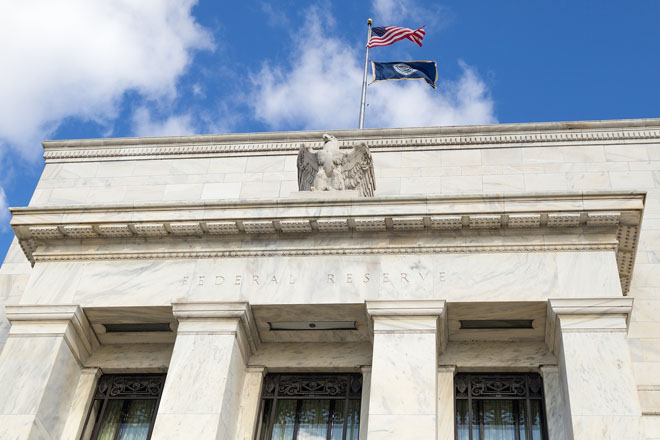
Rates remain unchanged for now and, despite improving economic data, taper talk remained off the table at the US Federal Reserve (Fed) meeting on Wednesday 28 April. As vaccination rates accelerate, employment strengthens and expansive fiscal policy adds further support to household and business incomes, investors are now looking for signs of whether the central bank’s safety net could be withdrawn sooner than expected.
US government borrowing has ballooned during the pandemic, underpinned by the Fed’s bond buying programme. According to our Sovereign Debt Index, by the end of 2020, US government debt stood at $19.6 trillion – around $60,000 per person. The cost of servicing all this debt is also higher in the US than the rest of the world.
New borrowing is cheaper. Roughly half of today’s outstanding total is due to be refinanced within the next four years (and can be replaced at more favourable rates); however, any hint that the Fed’s bond purchasing programme is about to slow has the potential to create a wave of volatility in fixed income markets. This is the tightrope the Fed will need to continue to walk over in the coming months.
Equally, with such elevated debt levels and relatively short maturities, the US is more vulnerable to a future increase in rates than many other countries – an issue which could move to the fore if the growth recovery remains strong and inflation moves towards or above the 2% target, although any uptick in inflation should be transitory.